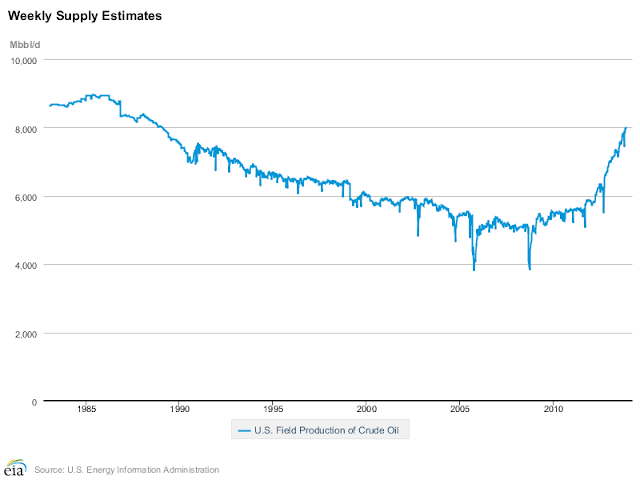“It’s time to put that power back where it belongs,” explains Jonathan Zimmerman in today’s Washington Post, “Barack Obama should be allowed to stand for re election just as citizens should be allowed to vote for — or against — him. Anything less diminishes our leaders and ourselves.” The 22nd Amendment, limiting the Presidential term, according to Zimmerman, reflected “a shocking lack of faith in the common sense and good judgment of the people.” Of course, in the increasingly ‘entitled’ America, it would only cost a few hundred million to bribe all the newly downgraded Middle-to-Lower class Americans with Obamaphones in order to finally get a “dictatorial democracy” by indirectly funding the lower common denominator with $400 in free money every election cycle.
End Presidential Term Limits (Jonathan Zimmerman),
Via WaPo,
I’ve been thinking about Kilgore’s comments as I watch President Obama, whose approval rating has dipped to 37 percent in CBS News polling — the lowest ever for him — during the troubled rollout of his health-care reform. Many of Obama’s fellow Democrats have distanced themselves from the reform and from the president. Even former president Bill Clinton has said that Americans should be allowed to keep the health insurance they have.
…
Or consider the reaction to the Iran nuclear deal. Regardless of his political approval ratings, Obama could expect Republican senators such as Lindsey Graham (S.C.) and John McCain (Ariz.) to attack the agreement. But if Obama could run again, would he be facing such fervent objections from Sens. Charles Schumer (D-N.Y.) and Robert Menendez (D-N.J.)?
Probably not. Democratic lawmakers would worry about provoking the wrath of a president who could be reelected. Thanks to term limits, though, they’ve got little to fear.
Nor does Obama have to fear the voters, which might be the scariest problem of all. If he chooses, he could simply ignore their will. And if the people wanted him to serve another term, why shouldn’t they be allowed to award him one?
…
the GOP moved to codify it in the Constitution in 1947, when a large Republican majority took over Congress. Ratified by the states in 1951, the 22nd Amendment was an “undisguised slap at the memory of Franklin D. Roosevelt,” wrote Clinton Rossiter, one of the era’s leading political scientists. It also reflected “a shocking lack of faith in the common sense and good judgment of the people,” Rossiter said.
…
“I think our people are to be safely trusted with their own destiny,” Sen. Claude Pepper (D-Fla.) argued in 1947. “We do not need to protect the American people with a prohibition against a president whom they do not wish to elect; and if they wanted to elect him, have we the right to deny them the power?”
It’s time to put that power back where it belongs. When Ronald Reagan was serving his second term, some Republicans briefly floated the idea of removing term limits so he could run again. The effort went nowhere, but it was right on principle. Barack Obama should be allowed to stand for re election just as citizens should be allowed to vote for — or against — him. Anything less diminishes our leaders and ourselves.
It was only yesterday that we highlighted what happens when the entitled elect themselves… a brutal hangover,” and the dismal waste of the Obamaphone program (among many others) suggests we are well down that route:
As Heritage reports, free cell phones for low-income Americans, one of the fastest growing welfare programs in the United States, is—by the Federal Communications Commission’s (FCC) own admission—rife with “waste, fraud and abuse.” And who is paying for these free Obamaphones? If you have a phone subscription, you are.
…
According to figures supplied by the FCC to The Wall Street Journal, 41 percent of subscribers were unable to prove their eligibility for the program.
Indifference to abuse of the program is appalling.
…
Lifeline has mutated from a program designed to help the needy into a glorified corporate subsidy. Abuse of the program will continue while the FCC scrambles to fix it.
An all-expense-paid cell phone, courtesy of those who actually pay for their own service, is not a human right; it’s an insult to struggling families who are reminded every month that their money is lost in yet another sloppy government slush fund.







via Zero Hedge http://feedproxy.google.com/~r/zerohedge/feed/~3/-vE5BDtvxCs/story01.htm Tyler Durden




![]()













